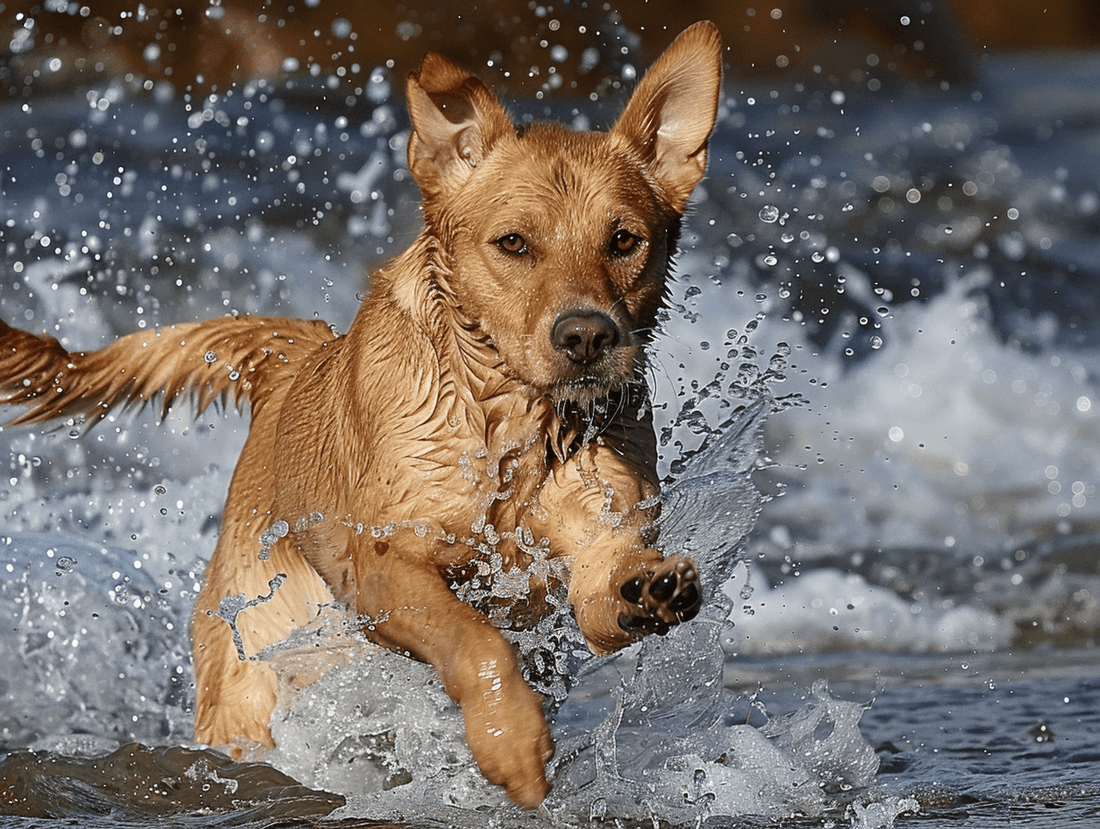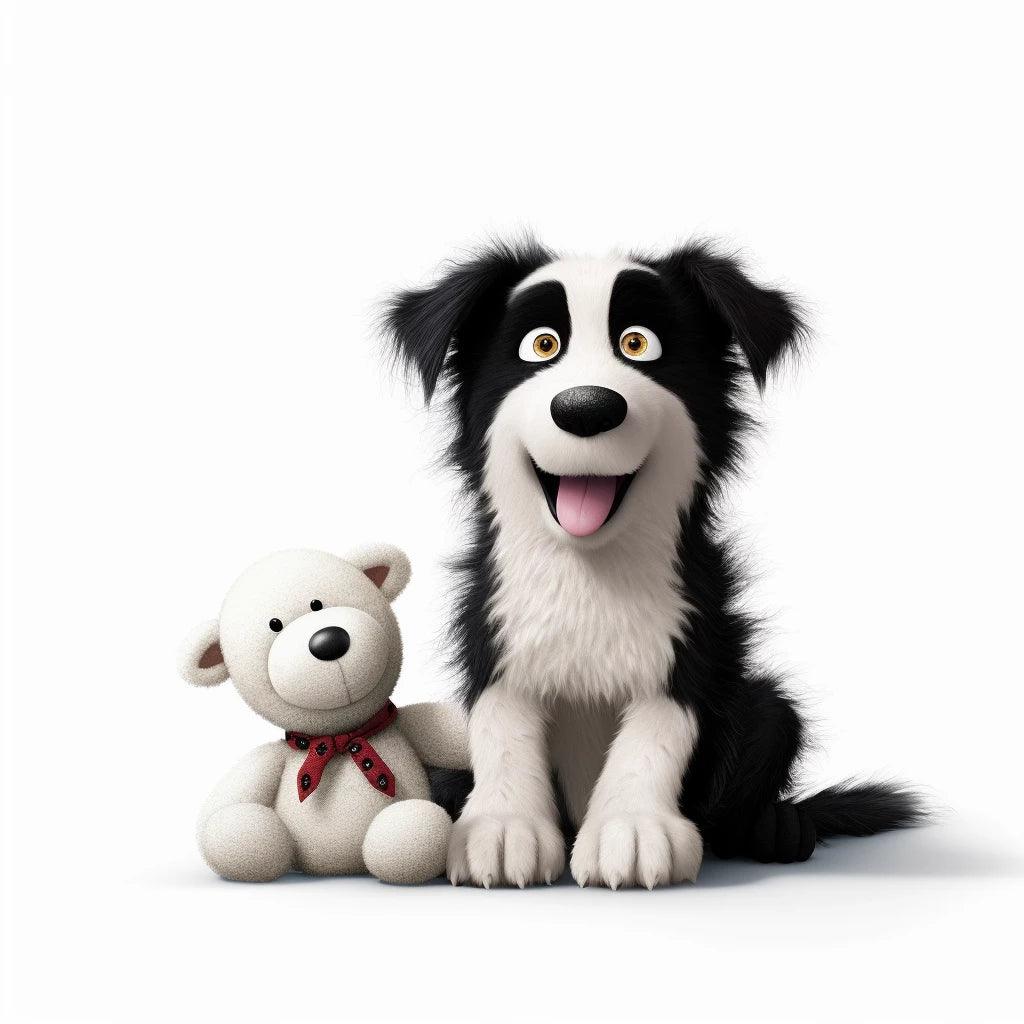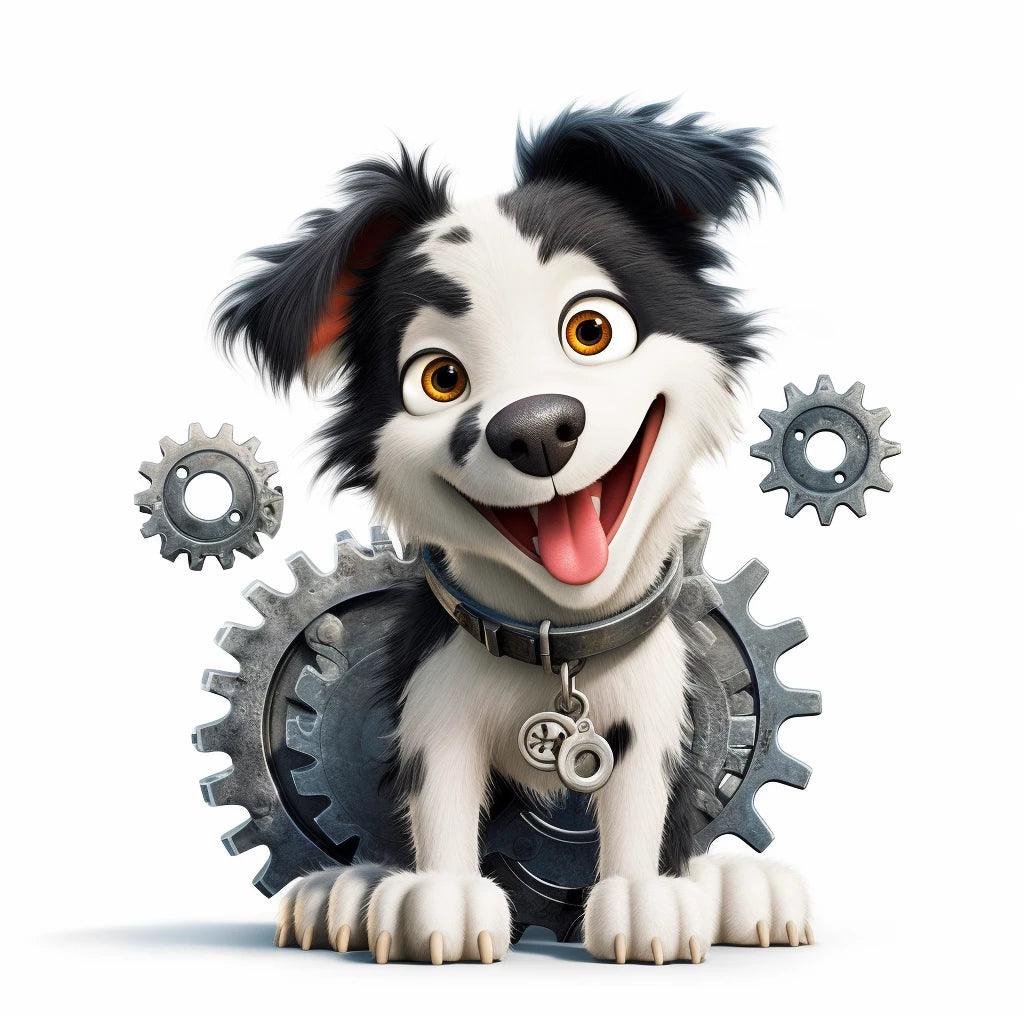
Harness or Collar: Which is the Best Choice for Your Dog?
Share
When it comes to choosing between a harness and a collar for your dog, the decision can sometimes seem complex. Each option has specific advantages and disadvantages, depending on your furry friend's activity, behavior and health. This article walks you through the features of each option to help you make the best choice for your dog.
The Dog Collar
Benefits :
- Simplicity: Easy to put on and take off, the collar is a practical solution for daily walks.
- Identification: It allows you to easily hang identification tags, which is essential in the event of a runaway.
- Variety: Available in a multitude of styles and materials, the collar can be a fashion accessory for your dog.
Disadvantages:
- Pressure on the neck: For dogs that pull, the collar can put pressure on the windpipe and other sensitive parts of the neck, possibly causing injury or breathing problems.
- Less control: On very active or large dogs, the collar offers less control than a harness.
The Dog Harness
Benefits :
- Pressure distribution: The harness distributes pressure across the dog's chest and back, reducing the risk of neck injuries.
- Better control: It offers better control over dogs that pull, young dogs, or those learning to walk on a leash.
- Increased safety: Some harness models are equipped with reflectors or lights for safer nighttime walks.
Disadvantages:
- More complex to adjust: A harness requires precise adjustment to ensure comfort and safety, which can take more time.
- Heat: In summer, some harnesses can be hot and less comfortable for the dog, especially models with more coverage.
What is the best choice ?
The choice between a harness and a collar depends on several factors:
-
Dog behavior: For dogs that pull or need training to walk on a leash, a harness is often the best choice. For calm, well-trained dogs, a collar may be sufficient.
-
Health: For dogs with respiratory, neck or back problems, a harness is recommended to avoid additional pressure on these sensitive areas.
-
Activity: For sporting activities or long walks, a harness can provide more comfort and control. The collar may be preferred for quick outings or in less demanding environments.
Conclusion
There is no single answer to the question of whether a harness or collar is best for all dogs. The important thing is to consider your dog's specific needs, activity level, and leash behavior. By evaluating these aspects, you will be able to make an informed choice that will guarantee the well-being and safety of your companion during your shared adventures. Do not hesitate to consult a professional, such as a veterinarian or a dog trainer, for personalized advice tailored to your dog.
FAQ on Choosing between Harness and Collar for your Dog
Q1: My dog pulls a lot on the leash. Is the harness or the collar better in this case?
Answer: For a dog that tends to pull a lot, a harness is often recommended. The harness distributes pressure more evenly across the dog's body, reducing the risk of neck injury and providing better control for the owner.
Q2: Can the harness help train my dog not to pull?
Answer: Yes, some types of harnesses are designed specifically to aid in anti-pull training by providing attachment points in front, allowing you to gently guide the dog next to you rather than letting them pull towards you. Before.
Q3: Are collars harmful to dogs?
Answer: Collars are not harmful if used correctly and the dog does not constantly pull on them. However, for dogs that pull or have breathing problems, a harness might be a better option to prevent pressure on the neck.
Q4: How do I choose the appropriate size harness or collar for my dog?
Answer: Measure your dog's neck circumference for a collar and chest circumference for a harness. Be sure to follow the manufacturer's instructions for the specific model you choose, as sizes may vary. It is important that the harness or collar fits properly, but not too tight.
Q5: Is it possible to use both a harness and a collar?
Answer: Yes, it is possible to use both, especially if you use the collar to attach your dog's IDs and the harness for walks. This can provide additional security and allow you to use the collar as a backup when needed.






